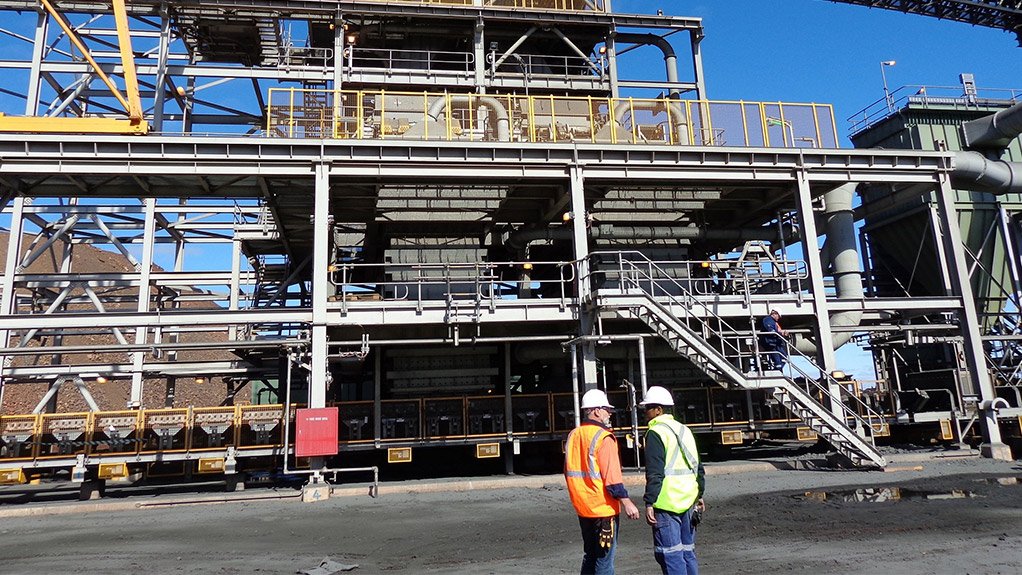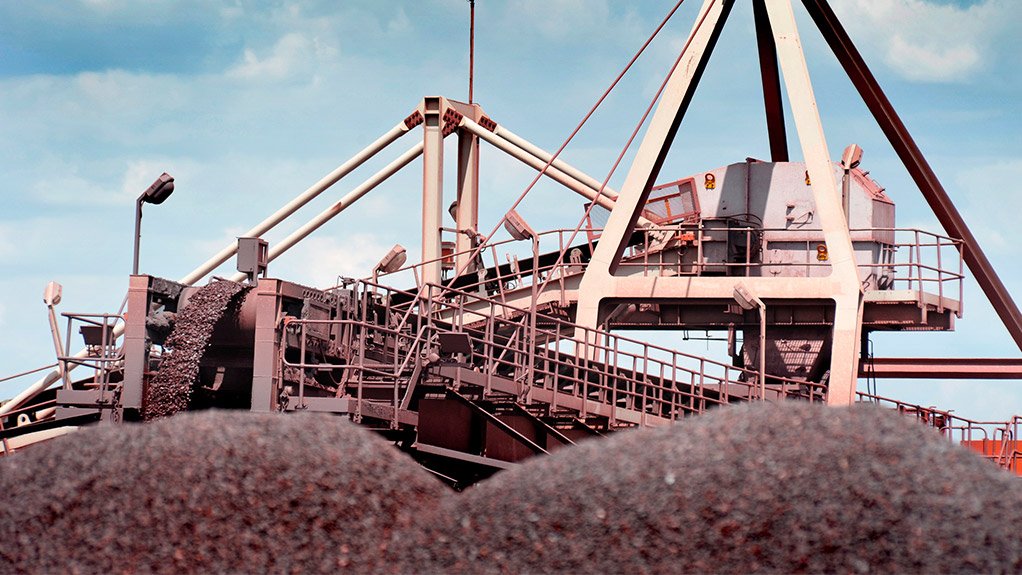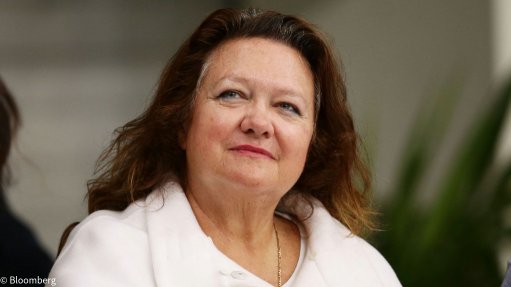Weba Chute Systems Considers The Overall Cost Of Ownership For A Better Return On Investment
Company Announcement - Although it may be true that imitation is the sincerest form of flattery, lookalike chute systems are simply not making the grade in the mining industry and are, in fact, costing plants hundreds of thousands of Rands in unplanned downtime, reduced throughput and unnecessary maintenance.
With increasing pressure on reducing operating costs, many mines are opting for the most inexpensive transfer point without factoring in that this sort of decision will result in a higher total cost of ownership. “Although Weba Chute Systems may appear relatively simple and straightforward to produce, these custom designed transfer solutions takes a number of hours to engineer. There is an erroneous perception that a Weba Chute System is expensive, but ultimately it is all about the total cost of ownership, not about the initial purchase price,” says Mark Baller, managing director of Weba Chute Systems.
Skill and expertise are the major differentiators that allow Weba Chute Systems to produce transfer point systems engineered specifically for a given application requirement. “Anyone can do the basics when it come to the technical side of designing a transfer chute, however this is not an exact science and transfer points are definitely not standard off the shelf products,” Baller points out.
There is no single solution for materials transfer as the material being transferred is not constant. Material in the ore body is often not homogenous and throughout the life span of a mine the properties change as different sectors of an open pit or underground operations are used. “This means that the material being handled will often not be consistent with the test results used for the base design of the transfer point and this is where years of practical experience play an important role in being able to engineer a design that will accommodate a range of material properties and operating conditions,” Baller adds.
Baller points out that there is a major difference between theory and practical use. “Chute design comprises only 30% theory whereas 70% depends on practical applied knowledge. This is why correct and accurate information received from the customer is vitally important to ensure a successful design, coupled with the fact that Weba Chute Systems has accumulated a depth of expertise over almost 4 000 successful installations.”
While on the surface it may seem that the customer is getting an equal product with the lookalike chute, unfortunately there is no way of knowing that the product being offered is not engineered with the requisite background knowledge or experience. As a result, it may not perform to the same level as a well-engineered Weba Chute System. This lack of expertise can lead to extensive unplanned downtime, loss of production and increased maintenance costs.
“Weba Chute Systems are an engineered transfer point and not a quickly fabricated product. The failure rate with lookalike chutes is too high and this is borne out by the fact that Weba Chute Systems has been commissioned to rectify transfer point problems where lookalike chutes have been installed. When reviewing the cost of ownership one needs to consider the peripheral costs,” says Baller.
“These include the clean-up costs for spillage, costs of dealing with environmental issues such as dust and costs incurred on other equipment such as screens and conveyors belts and crushers due to sub-standard chute design. Additionally uneven loading, excessive impact and poor belt loading result in extensive unnecessary wear with associated maintenance costs. Therefore, a cheaper capex spend is not a guarantee of lower opex,” he continues.
In a recent study undertaken for an iron ore secondary screen oversize application, over a period of two months half a million tons of iron ore was transferred through the chute with less than 10% wear. As a result of the minimal wear, the operating cost of this chute system was less than 1 cent/ton of ore transferred, which is considered to be significantly lower than conventional chutes. This underpins the importance of a correctly engineered transfer chute,” Baller concludes.
Comments
Press Office
Announcements
What's On
Subscribe to improve your user experience...
Option 1 (equivalent of R125 a month):
Receive a weekly copy of Creamer Media's Engineering News & Mining Weekly magazine
(print copy for those in South Africa and e-magazine for those outside of South Africa)
Receive daily email newsletters
Access to full search results
Access archive of magazine back copies
Access to Projects in Progress
Access to ONE Research Report of your choice in PDF format
Option 2 (equivalent of R375 a month):
All benefits from Option 1
PLUS
Access to Creamer Media's Research Channel Africa for ALL Research Reports, in PDF format, on various industrial and mining sectors
including Electricity; Water; Energy Transition; Hydrogen; Roads, Rail and Ports; Coal; Gold; Platinum; Battery Metals; etc.
Already a subscriber?
Forgotten your password?
Receive weekly copy of Creamer Media's Engineering News & Mining Weekly magazine (print copy for those in South Africa and e-magazine for those outside of South Africa)
➕
Recieve daily email newsletters
➕
Access to full search results
➕
Access archive of magazine back copies
➕
Access to Projects in Progress
➕
Access to ONE Research Report of your choice in PDF format
RESEARCH CHANNEL AFRICA
R4500 (equivalent of R375 a month)
SUBSCRIBEAll benefits from Option 1
➕
Access to Creamer Media's Research Channel Africa for ALL Research Reports on various industrial and mining sectors, in PDF format, including on:
Electricity
➕
Water
➕
Energy Transition
➕
Hydrogen
➕
Roads, Rail and Ports
➕
Coal
➕
Gold
➕
Platinum
➕
Battery Metals
➕
etc.
Receive all benefits from Option 1 or Option 2 delivered to numerous people at your company
➕
Multiple User names and Passwords for simultaneous log-ins
➕
Intranet integration access to all in your organisation























